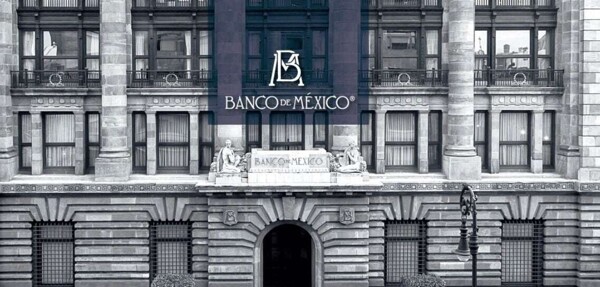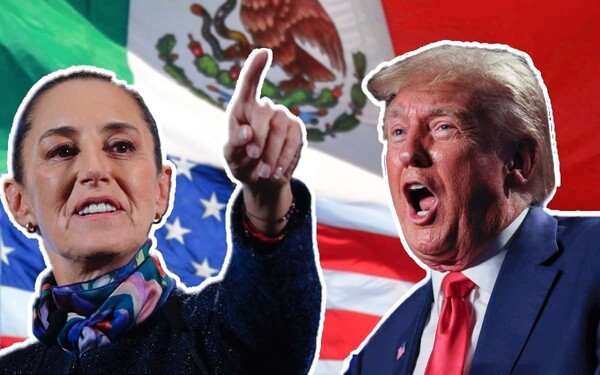
Developers and investment funds control 84 million square meters in industrial parks and logistics centers, being a focus for companies that supply the United States. However, the potential imposition of tariffs on manufacturing in Mexico affects this sector, with 15 key markets that saw an increase of 5 million m² in inventory in San Luis Potosí, Monterrey, and Saltillo.
The pandemic caused adjustments in the supply chain, generating shortages in the northeastern region, increasing rental prices and demand for space. Despite a continuous boost, the current scenario will mark the future of the pipeline, which at the end of last year recorded the construction of more than 3.8 million m². Average prices have risen by 16 percent, reaching 6.8 dollars per m².
The challenge will be how business conditions adapt to a new model in supply chains and productive clusters, given that Mexico is a key supplier for the United States. Mexican exports, until 2022, were based on commodities and the automotive industry, while in the U.S., the most relevant sectors are business, finance, travel, and tourism.
The change in users of industrial spaces implies an evolution in terms of talent, with a focus on big data, fintech, artificial intelligence, and machine learning. This transformation is expected to have a significant impact on employment by 2030, particularly in postal, banking, and data management services.
Caution in this segment has led to a slight reduction in the construction of new facilities in Reynosa, Juárez, Guanajuato, Saltillo, and Mérida towards the end of the year. The future perspective will be marked by adaptation to the new market realities and production.














